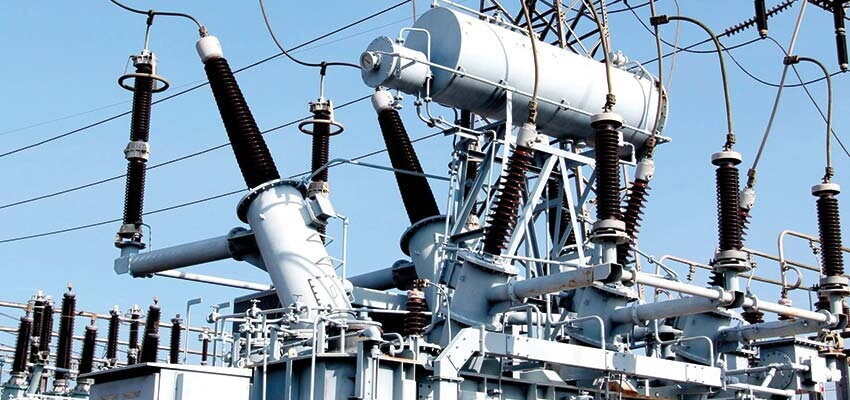
Basics of Power Transformers
Nowadays, electric energy is available almost everywhere, and we do not even think how it was produced. Production of the electric energy is possible by...
byJean Sanchez, Mladen Banovic

Nowadays, electric energy is available almost everywhere, and we do not even think how it was produced. Production of the electric energy is possible by application of the power transformers. Power transformer is a complex assembly of elements based on decades-long, worldwide proven technologies. Those electrical machines are essential for power grids to transmit electrical power by minimising Joules effect losses using high voltage over long distances.
Transformers have been used worldwide for many years and their availability and reliability is a major concern for all electricity users and the assets owners.
Basics of power transformers
The basic facts and the main parts and components of power transformers are presented in this article to understand which diagnoses can be applied accordingly.
Electromagnetic basis
A single-phase transformer is basically made out of two separate windings that are inserted into each other into a closed loop of magnetic core. The voltage ratio (V1/V2, where V1>V2) of the transformer is equal to the ratio of the number of turns of the two windings (N1/N2, where N1>N2) in a first approximation. It should be noted that a classic power transformer requires alternative voltage.
In a rough approximation, if the transformer losses are disregarded, the power (Voltage x Current) transmitted through the windings has a lower current on the high voltage (HV) side than on the low voltage (LV) side. Moreover the Joules heat effect is proportional to the square of the current transmitted into any ordinary conductor like transformer windings or transmission lines.
Both these effects combined at constant power of elevating voltage reduce heat dissipation accordingly by the square of the current, and enable the transmission of power of alternating current and voltage over very long distances from the energy producer to the energy consumer while limiting the power losses in the grid. This is possible due to a key grid component – the power transformer. Most of them are the three-phase transformers or the three single-phase transformers.
Three points could be noted from these electromagnetic principles. First, with the voltage increase of an electrical network, the Joule losses are reduced. The trend in large countries like Canada, Brazil, Russia, China, South Africa, South Korea, USA, and Venezuela is the development of the 800 kV electrical networks, or the 1000 kV to 1200 kV ones in China and India, respectively. Secondly, the two main constraints of power transformers are high voltage and high current, depending on whether the HV or LV is observed. Those constraints are taken into account when studying the transformer limits, like overvoltage (lightning) and overcurrent (short circuits). The reader interested in finding out more about the theory and the practice regarding power transformers could read [2], a book continuously updated for almost a century ago!
Active part
The active part of a transformer is made of the elements that are in contact with the voltage and the current, and are mainly composed of windings, core, tap changer bushings. The other components are ancillary components not mentioned here.
Windings
The windings of a power transformer are its main element, like the heart in a human. The windings are handmade out of copper, or sometimes out of aluminium coils insulated mainly with several layers of paper between the turns.







